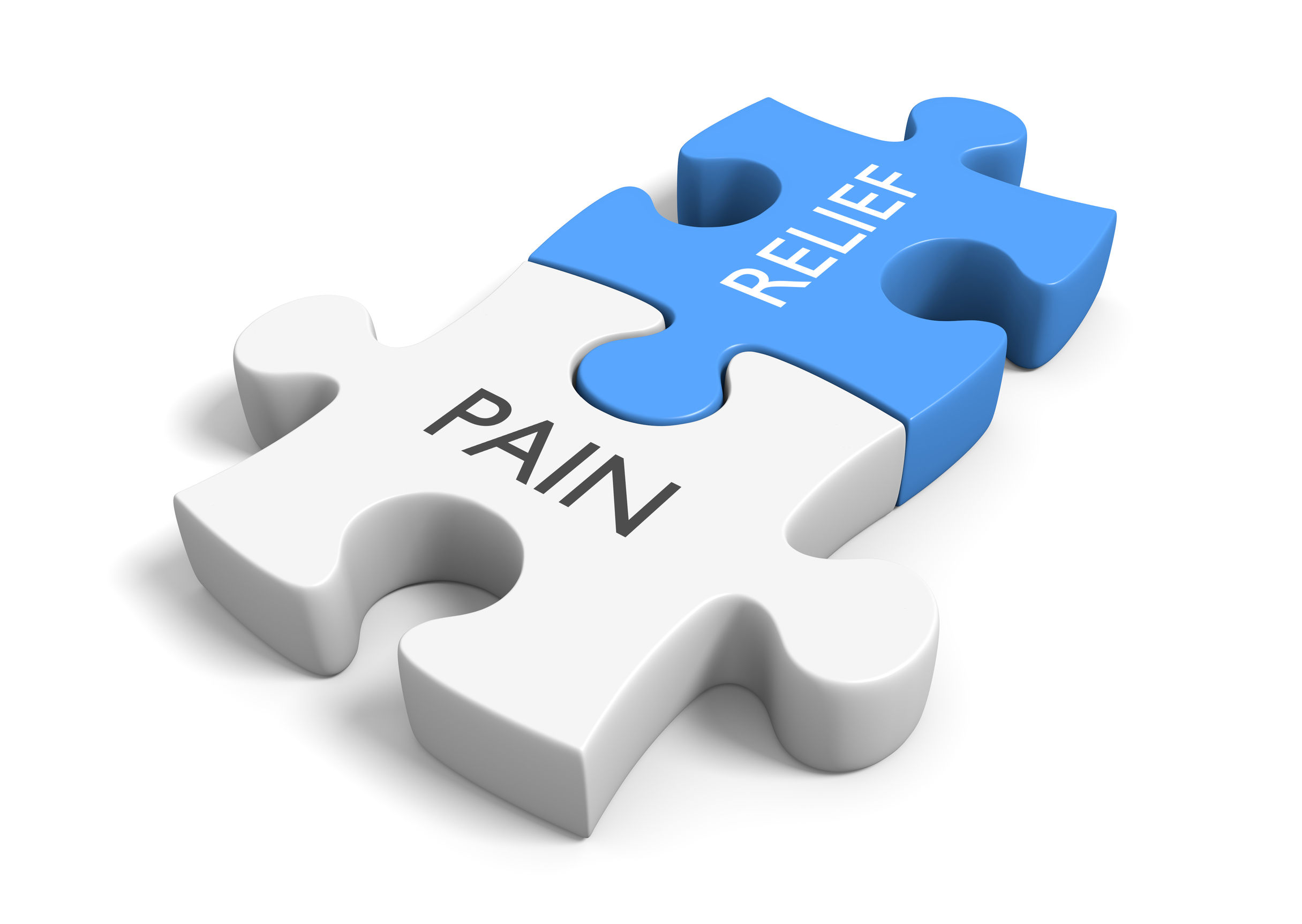Years ago, chronic pain was almost a thing of myth. Nobody wanted to admit that they were in crippling, inexplicable pain. Doctors chalked it up to mental illness, employers wouldn’t believe their staff, and so many people went through life being told to “suck it up” and quit complaining, especially if they were relatively young.
Much like mental illness, chronic pain has had its share of stigmas. Science is starting to catch up, however, and there are many studies that have been conducted showing the cause of different types of chronic pain and how they affect the body.
Some pain is caused by injury, while other times it may be caused by osteoarthritis or fibromyalgia. These types of pain are usually chronic and can be terrible to live with.
Thankfully, there are ways to treat pain safely and effectively. With a combination of various treatments, it is possible to lead a normal life while dealing with chronic pain. What’s more, many of those treatments are covered under most health insurance plans.
What is Chronic Pain?
When pain is fleeting or only lasts a short period of time, it’s called acute pain. Chronic pain is defined as pain that lasts over two weeks. The most common forms of chronic pain are related to arthritis and fibromyalgia.
Arthritis is the inflammation of your joints. The two most common types are rheumatoid and osteoarthritis. Rheumatoid arthritis is an autoimmune disorder, and it generally affects the natural lubrication around your joints. Osteoarthritis causes the cartilage in your bones to break down right where they meet at the joints.
Both types are very painful and often worsen over time. The most common symptoms of arthritis are stiff joints, swelling, reduced mobility and most of all, pain.
Fibromyalgia is another type of chronic pain affecting your muscles, and it also causes fatigue. Most sufferers describe the pain as though they had done a heavy workout the night before and their muscles feel very sore and tender, even though they did not exercise or do anything strenuous. They also experience a lot of fatigue and have trouble focusing as a result.
Another cause of chronic pain is injury. Many injuries can be treated and heal very quickly, while others may take a long time. In situations involving the spine, the pain is often excruciating and there is no known treatment beyond painkillers.
Can you imagine living your life 24/7 in pain, from when you wake up, all the way until bedtime? Chronic pain with no end in sight can affect the sufferer’s mental health as well.
If you are someone who suffers from chronic pain, you are not alone and there are things you can do to get help.
Prescribed Medication
While pain killers can be an absolute godsend, they may not be the only solution. You have to be careful about taking pain prescriptions as they can be quite addictive and can have a negative effect on your health. When taken correctly under the careful guidance and observation of a doctor, pain medication can significantly raise your quality of life.

Most insurance plans will cover medication as long as it is prescribed and not available over the counter. The same goes for specific medications such as Lyrica, Cymbalta, and other drugs used to treat fibromyalgia. Unfortunately for those who suffer from rheumatoid arthritis, treatments like viscosupplementation or synthetic lubricants for your joints are not usually covered by insurance plans.
Therapy to Treat Chronic Pain
Medication is usually the first thing people think about when it comes to treating chronic pain, but it’s not the only option. Massage therapy can be very helpful as well. Working the muscles and rubbing sore areas can provide some relief, and a portion of this may be covered by most health insurance plans with a doctor’s referral.
Likewise, chiropractic care can be very helpful. Physiotherapy can help a person regain some range of motion if their joints are sore because of arthritic pain. Many people who suffer from chronic pain have sought help through acupuncture as well. Many of these treatments are covered by health insurance plans.
Lifestyle Changes
For many of those suffering from chronic pain, making lifestyle changes can be difficult but necessary in order to regain their health. Choosing healthy foods and leading a “clean” lifestyle can definitely help anyone, but especially those who are in pain. A sedentary lifestyle is not conducive to healing.
Regular exercise, including walking, can greatly improve one’s health and can also help stretch sore muscles and work the bones. Pilates and yoga can also be helpful in battling pain. Meditation, reading, writing, and other activities can not only distract from the pain, but provide comfort to those who need it.
Pre-Existing Conditions
A pre-existing condition like fibromyalgia, arthritis, or an injury from before may affect your eligibility for some plans, but this isn’t the end for you. If you do have a condition, there are many plans that will accept you. Some may require you to be coming off an existing group plan, while others may not.
One thing to note is that the pre-existing condition clause would only affect the coverage for prescription medication, but not necessarily the extended healthcare portion.
Getting Your Life Back
Being in pain for extended periods of time is very difficult, but there could be help that will allow you to live well. Talk with your doctor and find out what your options are. Additionally, make those changes to your lifestyle to help you get better. With a combination of therapy, medication and personal care, you can manage your pain and enjoy your life the way you should: feeling happy and healthy.
For more information on health insurance and what plans we have to offer, call our office today and we would be happy to assist you.




